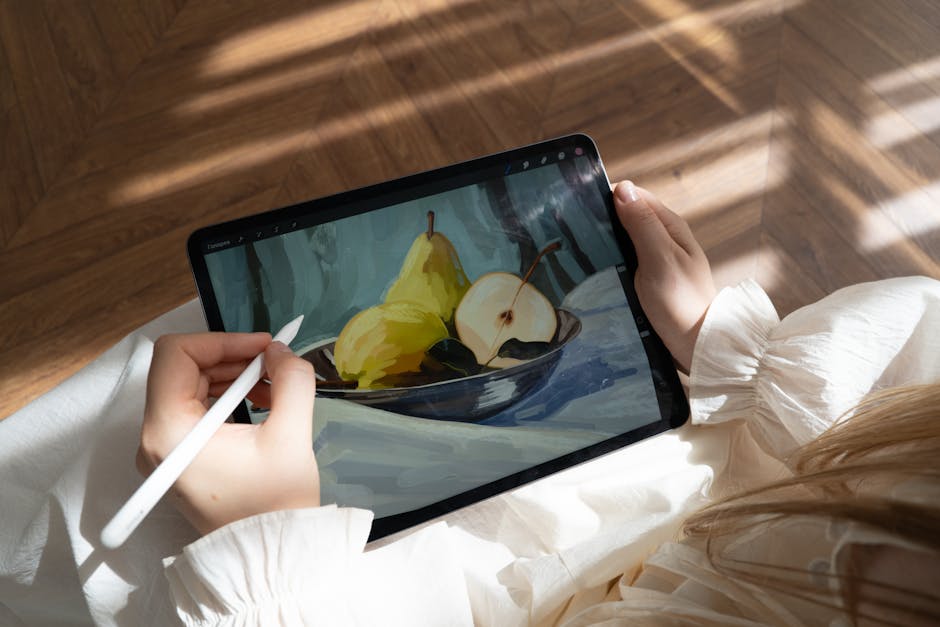
Technological Advancements in Art: Exploring Digital Expression
Art and technology are converging in exciting ways, revolutionizing the creative landscape. From traditional mediums to digital platforms, artists are exploring new horizons to express their creativity and push the boundaries of art. The advent of technological advancements has opened up endless possibilities for artists, enabling them to experiment with digital tools and techniques.
Digital expression in art refers to the use of technology to create, manipulate, and present artistic works. As technology advances, artists can harness its power to produce stunning visual experiences that were once unimaginable. Through digital art, artists can seamlessly blend various mediums, experiment with interactivity, and create immersive installations.
One significant technological advancement that has impacted art is the rise of digital painting. With the help of sophisticated software and tablets, artists can paint and draw digitally, bringing their visions to life with a wide range of digital brushes and effects. Digital painting offers immense flexibility and speed, allowing artists to instantly make changes, undo strokes, and experiment with different color palettes.
Another exciting area of exploration is virtual and augmented reality (VR/AR) in art. VR/AR technology enables artists to create immersive experiences for viewers, transporting them to entirely new worlds. Through VR/AR installations, artists can merge physical and digital elements, providing an interactive and multisensory encounter for the audience.
Advancements in 3D printing have also revolutionized the field of sculpture. Artists can now digitally design intricate and complex sculptures, which can then be brought to life using 3D printers. This technology offers artists more freedom and flexibility in their sculpting process, allowing them to create intricate designs that were previously challenging to achieve.
Artificial intelligence (AI) is yet another area where art and technology intersect. AI algorithms can be used to generate unique and unexpected visuals, aiding artists in the creative process. Artists can leverage AI to explore new artistic possibilities, creating collaborative works where machines and humans co-create.
The fusion of art and technology has not only expanded the possibilities for artists but also opened new avenues for art appreciation. Digital galleries and online platforms allow art enthusiasts to explore and collect digital artworks from around the world. Virtual exhibitions enable anyone with an internet connection to engage with art, breaking down geographical barriers and reaching a broader audience.
In conclusion, technological advancements in art have transformed the way artists create and audiences experience art. The fusion of art and technology brings limitless possibilities for digital expression and opens doors to new artistic horizons. As technology continues to evolve, we can expect even more groundbreaking innovations in the world of art.
